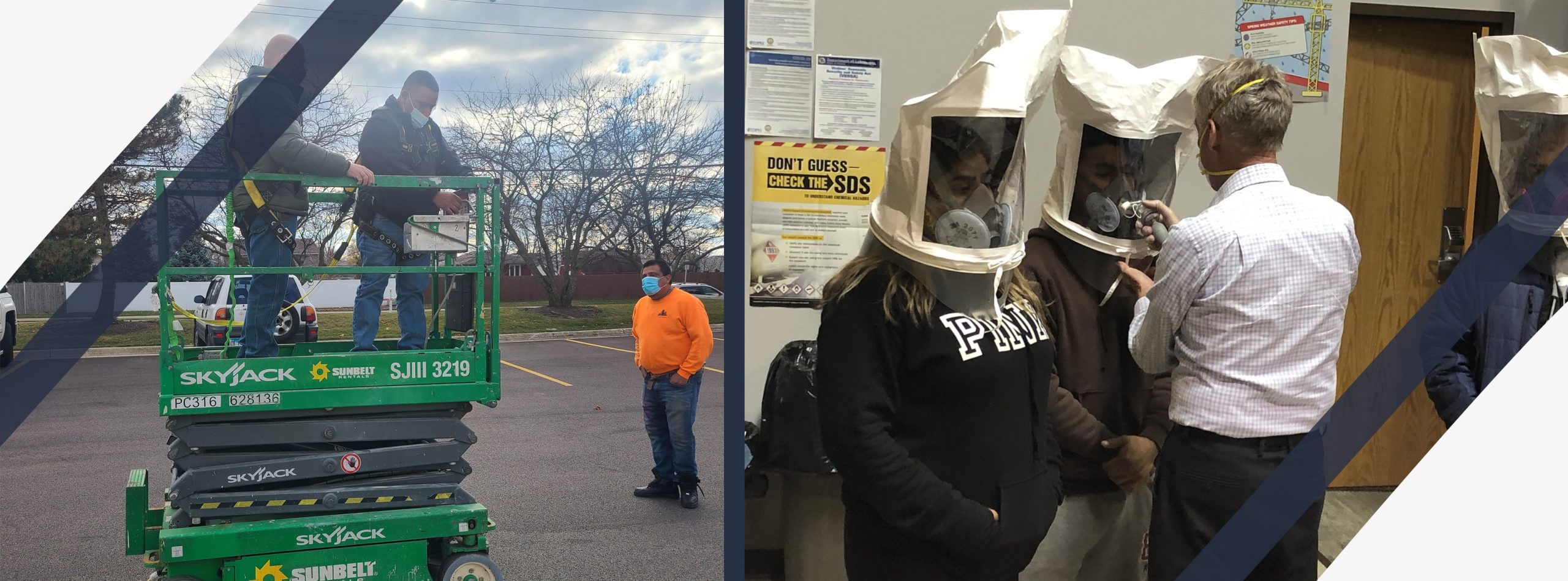
TRAINING
INTRODUCTION: What we do and different types of losses
- Housekeeping
Fire Cleaning
(dry vs wet wiping, HEPA vacuuming)- Water (extraction, hygroscopic vs, non-hygroscopic materials, flood cuts, baseboard removal, sanitizing)
- Wind (debris removal)
- PPE
- Ladder Safety
- Electrical Safety (extension cords, GCFIs, lockout tagout, etc.)
- Fall protection slips trips falls
- Housekeeping
- Overheard hazards and be aware of your surroundings
- Just say no (never be forced to work in unsafe conditions)
- Proper Lifting Techniques
- Hazardous Communication (SDS) (GHS)
- Appropriate attire and presentation
- Attitude, Punctuality, and Performance
- Chain of the command protocol, timesheets, and reporting
- Horseplay
- Out of town rules and expectations
WATER LOSS
- Air movement and dehumidification (LGR and Desiccants)
- Proper cleaning and disposal methods per surface material requirements
- Water and loss categories (1, 2 or 3)
- Microbial remediation process and procedures
- Containments, critical barriers, and compartmentalization
- Negative or positive air pressure differentials and meaning
- PPE and other respiratory protection
- HEPA filtration devices – air scrubbers with charcoal filters
- Pre-filters and secondary filters
- HEPA floor and backpack vacuum applications
- Dry sponging techniques
Degreaser and chemical cleaning of structure and contents
- Odor control (Hydroxol Ozone Vaportech)
- All PPE when necessary
- Safety – enforce Superior and OSHA rules and regulations
- Mediate between customer and laborers.
- Documentation for Superior/Customer (timesheets, receipts, equipment, consumables mapping)
"The business will guarantee that an employee using tight-fitting face respirator is fit tried before using.”
Anything that comes between the employee’s face and the respirator's seal could prompt terrible fit, leakage, or exposure, which could cause critical health dangers to the employees.
Know More
Coming Soon........
Coming Soon........
Coming Soon........
Coming Soon........
